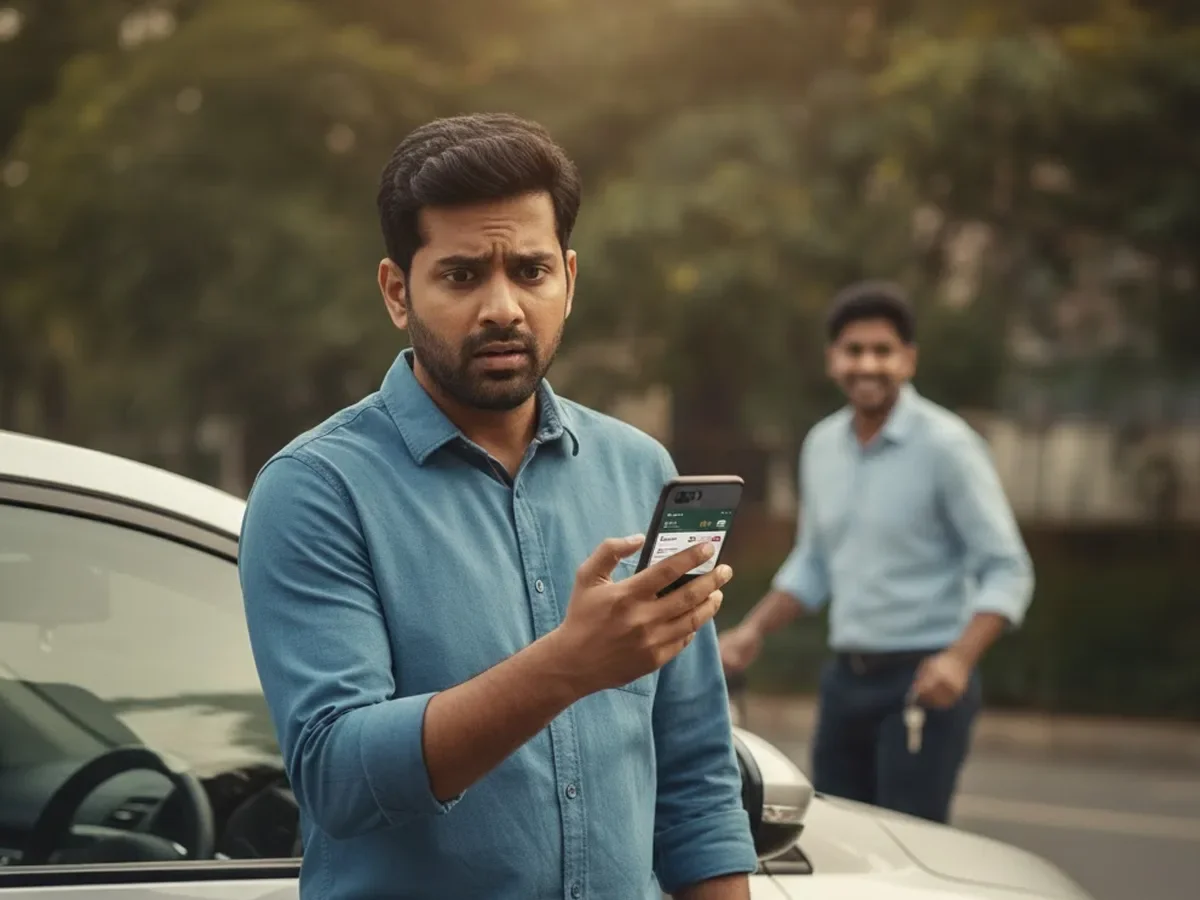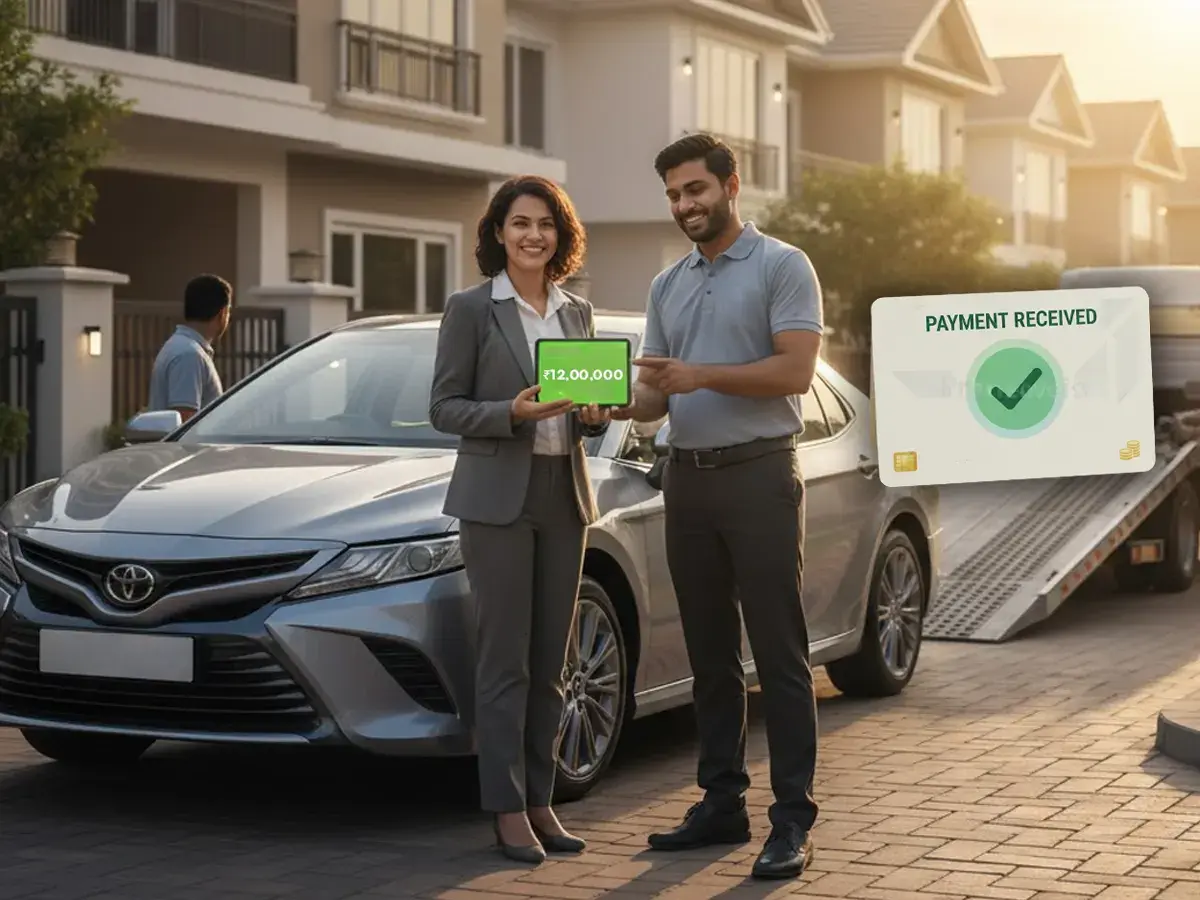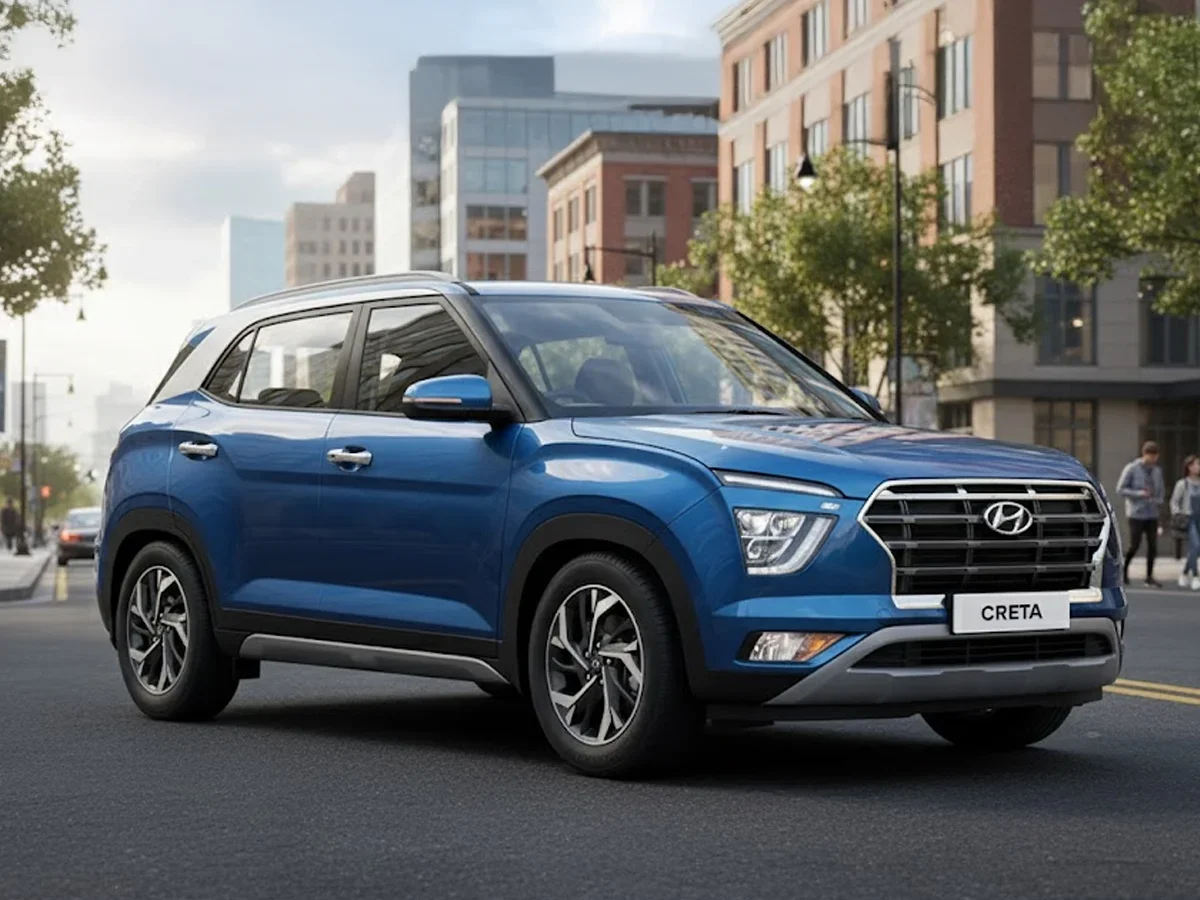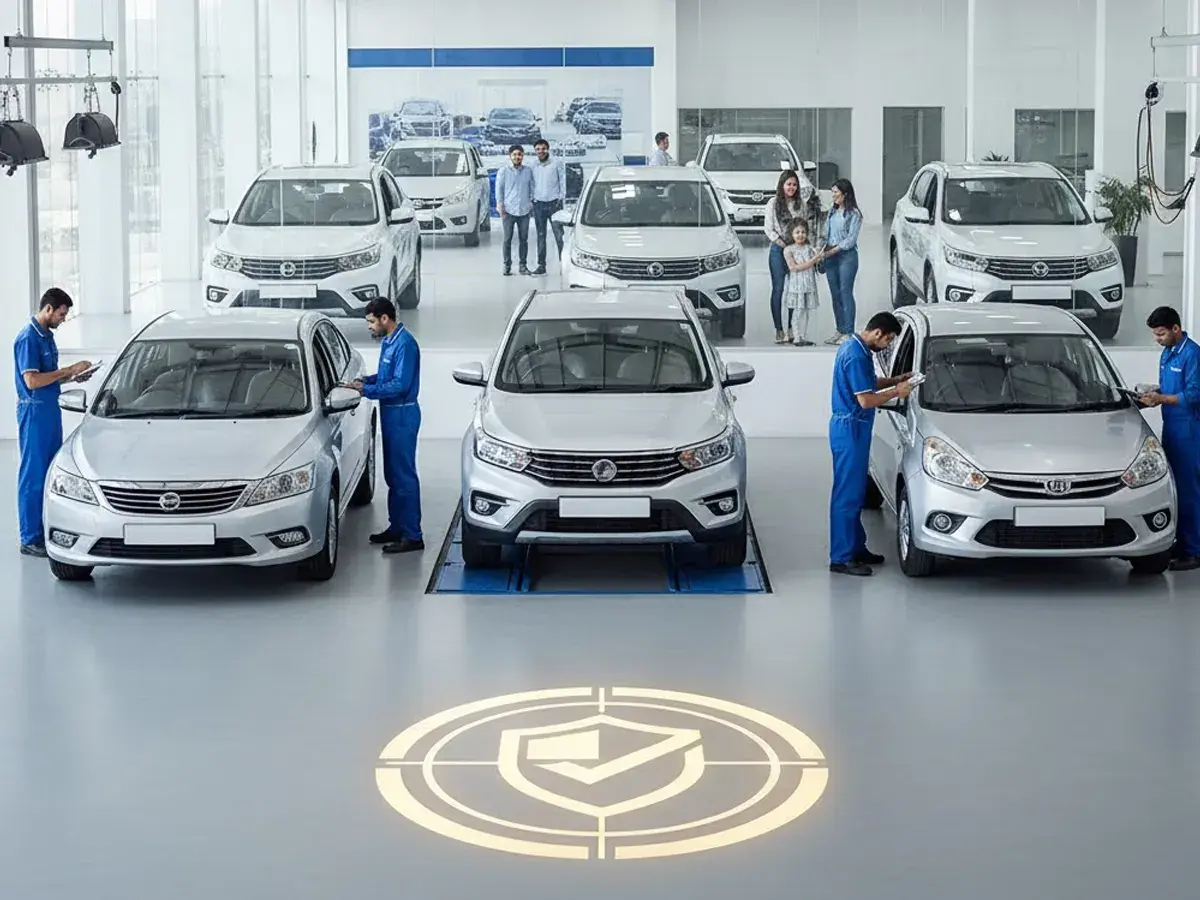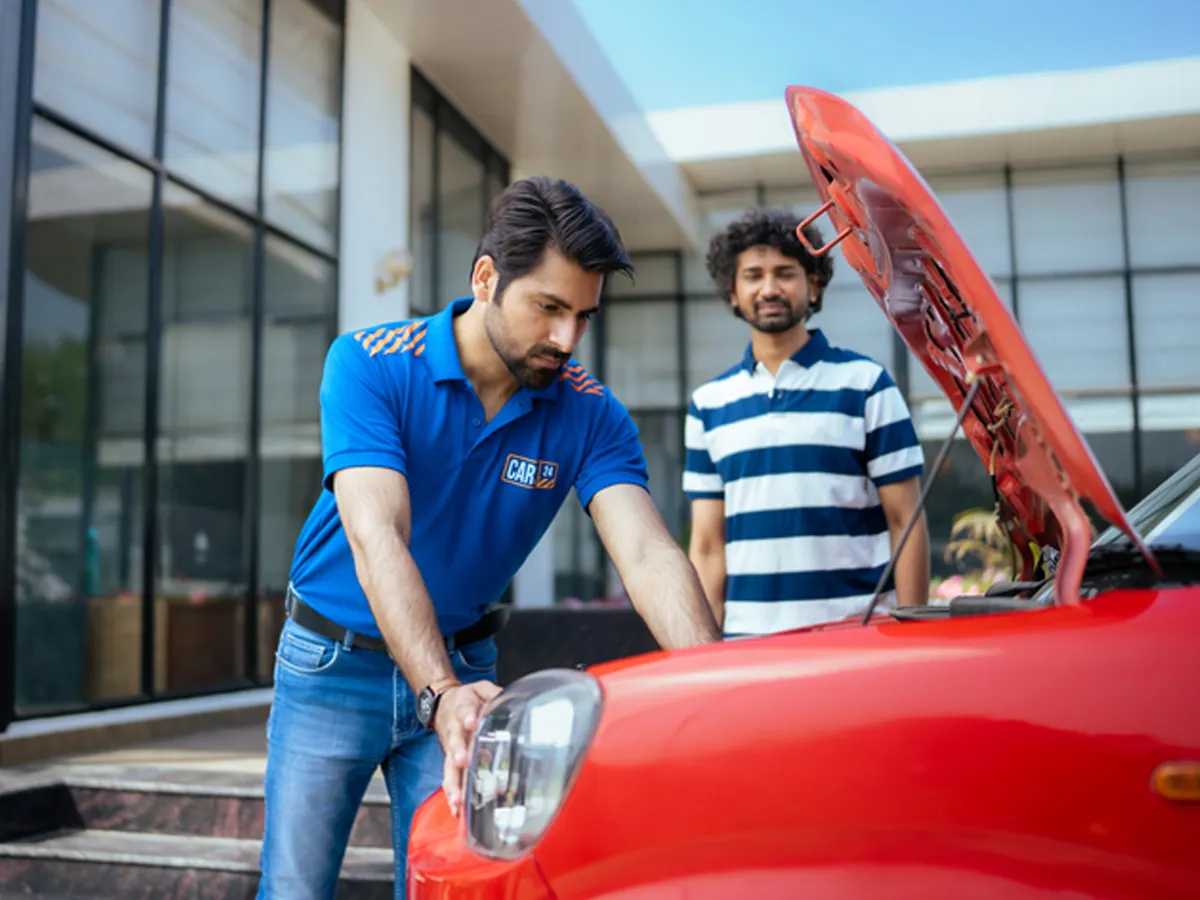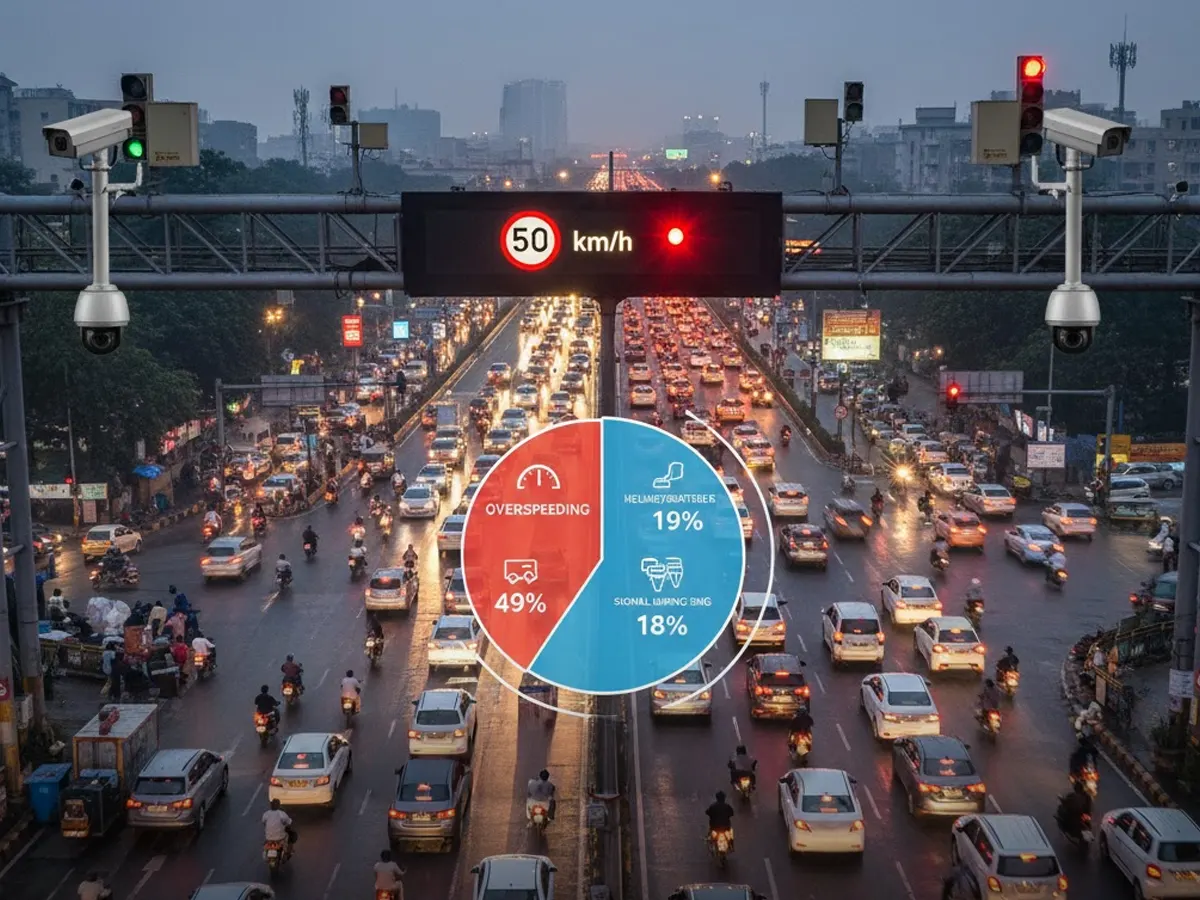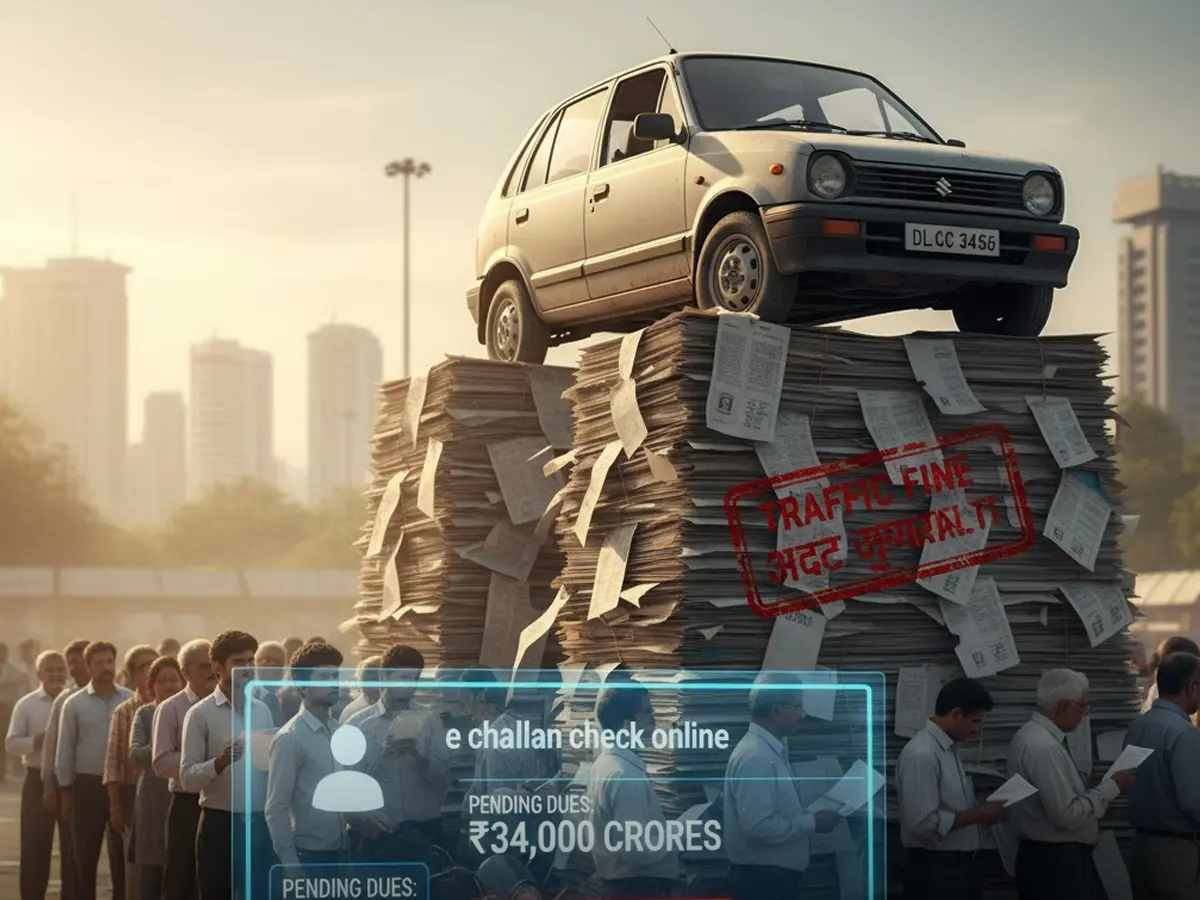

Why 70–80% of Challans Stay Unpaid: The Real Reasons & Solutions
- 170–80% of challans in India remain unpaid, exposing major enforcement gaps
- 2Weak recovery systems and outdated data lead to traffic fine non payment penalty
- 3Drivers can check and clear pending fines online with ease via the CARS24 portal
With AI-powered cameras and manual checks, Indian cities generate millions of challans every month. However, the majority of them remain unpaid. In India, over 70% of traffic challans remain pending, locking up crores in unpaid fines and exposing the weakness of our follow-up mechanisms.
The scale is staggering: In Delhi, reports show recovery hovering around 14% despite lakhs of challans being raised. Across India, over ₹34,000 crore worth of e-challans remain unpaid. This blog goes over the reasons why the traffic fine non payment penalty is one of the largest enforcement loopholes in India and what can actually fix it.
Why So Many Challans Go Unpaid?
It is not a single problem but a series of tiny cracks that make enforcement feel optional. Let’s go over each reason:
1. Digital Fines, Weak Enforcement
The issuance of challans is electronic in many states, and so is the collection of the same. AI detection technology is being deployed in many states, but enforcement and follow-up capacity still vary widely across states, with many lagging behind here. There are no consequences for ignoring a traffic fine non payment penalty, and this is why most drivers do not give much emphasis on payment.
2. Outdated Owner Details
Many challans do not even get delivered to the right individual. The vehicle records are usually not in sync with phone numbers or with former owners. Therefore, even in cases when an SMS is sent, it is received by a person who does not own the car anymore. The new owner only discovers the traffic fine non payment penalty later, usually during RC transfer or insurance renewal.
3. No Urgent Triggers
Non-payment does not have an instant impact on daily use, as your licence is not suspended, your insurance is not blocked, and you can still drive. Most motorists do not pay fines until they are compelled to pay.
4. Technical Errors and Delays
Camera misreads, duplicate entries, and slow grievance responses discourage quick payment. People are not sure that the challan is valid, and that is why they are reluctant to pay it. All of these small system loopholes translate to thousands of unpaid traffic fine non payment penalty entries every month.
5. Too Many Payment Channels and Scams
Traditional government websites can be sluggish with inconsistent interfaces and slow verification. Having a single payment system or options with a better interface would be much easier to comply with. There are even many fake messages and traffic challan scams that make it hard for people to trust challan messages.
The Real Cost of Ignoring a Challan
Unpaid fines generally go unnoticed until the authorities place something significant on hold during formalities. The traffic fine non payment penalty includes:
RC transfer holds during resale or ownership change.
- Licence renewal delays once unpaid challans reflect in the VAHAN or SARATHI systems.
Insurance or loan verification issues if traffic liabilities appear in your record.
There are even states that have started considering the idea of compounding the penalties on long-pending challans, where the unpaid fines accumulate interest or are even taken to virtual courts.
The record is never lost, even though the enforcement is slow. Unpaid challans are recorded against vehicle/driver records; ONOC aims to make those records nationally interoperable as it rolls out state by state. This means your outstanding traffic fine non payment penalty will accompany your vehicle wherever you go.
Current Fixes That Show Progress
Some states have begun to deal directly with the issue by improving integration and faster disposal mechanisms:
- Lok Adalat clears off thousands of petty traffic cases within a day, and citizens pay their fines without having to wait long.
- Virtual courts now enable the drivers to settle old challans online in a quick, paperless and legally binding manner.
The digital ID connection via VAHAN and SARATHI guarantees that traffic fine non payment penalty will soon reflect automatically during licence or RC-related services.
What Drivers Can Do
Waiting to receive a notice is not the way to go; rather, be in charge of your records. Use e challan check online tools on a regular basis to clear any outstanding dues.
- Check monthly: Even if you haven’t been stopped, new AI cameras may have recorded a violation.
- Pay early: Settling fines promptly prevents additional penalties or disputes later.
Keep proof: Always save your digital receipts because they serve as valid payment confirmation.
Platforms like CARS24’s e challan check online feature allow one to easily monitor, verify and close fines in real-time.
The Way Forward for India’s Enforcement System
Traffic enforcement requires more powerful systems in order to actually resolve the backlog.
- Instant penalties: Link unpaid challans to licence points or insurance renewals.
- Unified payment portal: One national interface with auto reconciliation and proof download.
- Early payment incentives: Small discounts for quick settlement to encourage compliance.
- Faster dispute resolution: AI-assisted verification within 72 hours to reduce hesitation.
It is not merely the detection but making sure that the traffic fine non payment penalty results in accountability.
Summary
The traffic enforcement in India has developed fast, yet recovery has not. Millions of challans are generated by smart cameras and AI systems, but the majority of them remain unpaid. This gap leads to a traffic fine non payment penalty, which needs a powerful closure system.
Compliance can finally catch up with improved notifications, associated traffic fine non payment penalty, and seamless online payment services. Meanwhile, it is wiser to stay proactive: check your dues, pay them on time, and maintain your records in order because the next wave of enforcement will be automatic, not optional.
Frequently Asked Questions
Expand all















